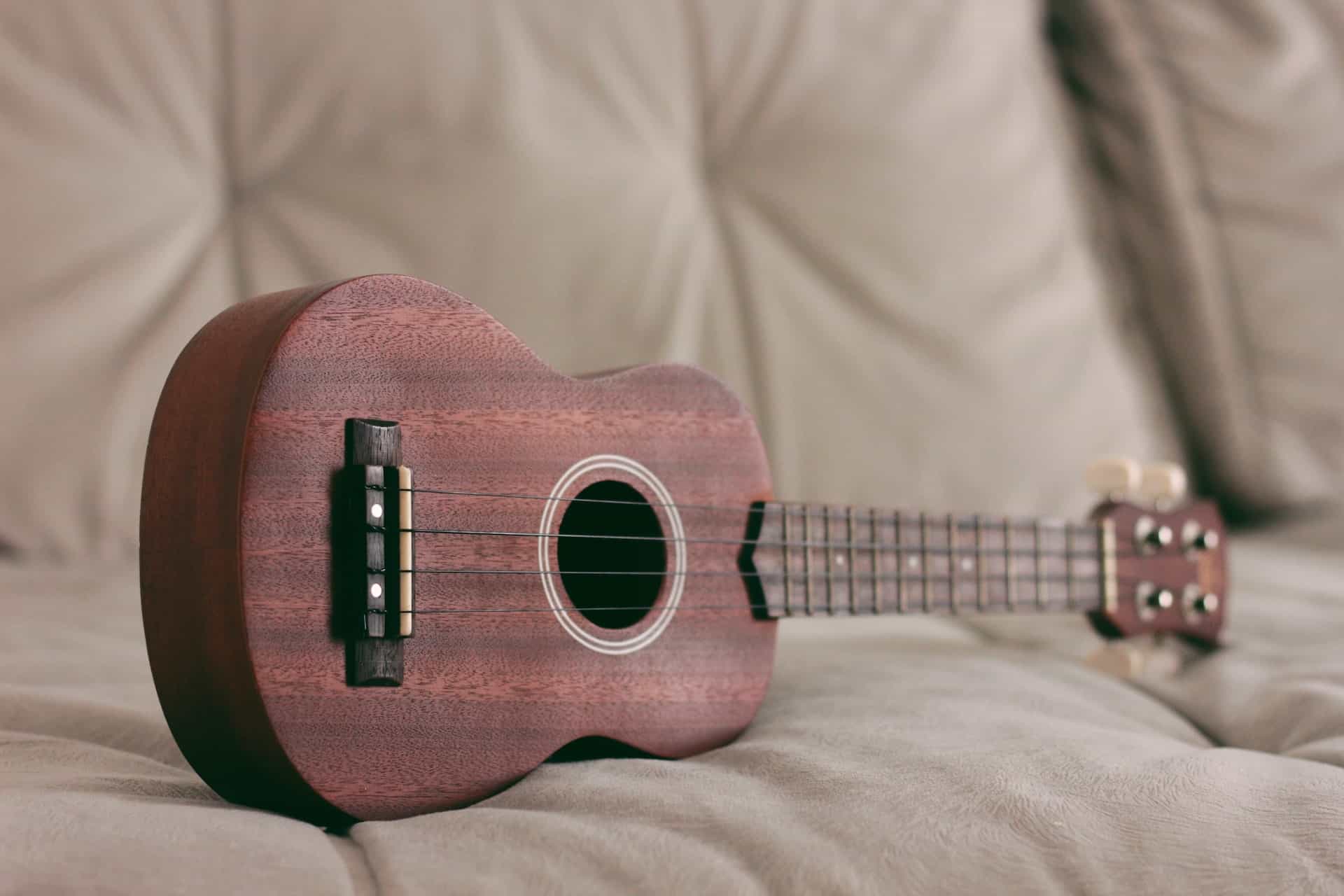
The ukulele – a compact, unplugged and easy to learn Hawaiian guitar has gained popularity around the world, especially among young people. It’s an instrument you can learn to play on your own thanks to video lessons and online tutorials. In our article you will find some practical tips on where to start your adventure with the ukulele.
The ukulele is a Hawaiian version of the guitar with four or sometimes eight strings (four pairs of double strings). According to the most popular version, the name of the instrument means “jumping flea” in Hawaiian, because when playing, the movements of the fingers resemble this very insect.
The instrument was invented by Portuguese Manuel Nunes in the 1880s. Nunes developed the ideas of the bragina (a miniature guitar from the island of Madeira) and the cavaquinho (a Portuguese miniature guitar). The ukulele quickly spread throughout the Pacific islands and became well-known in Europe and North America thanks to a tour of Pacific musicians in San Francisco in 1915.
There are four main types of ukulele, which differ in size, tuning and sound:
The most popular type is the soprano ukulele.
The construction of the instrument is simple, but before you start playing, you need to know it. The top of the ukulele is the headstock. On its sides are the keys (reeds) needed to adjust the sound of the strings. The headstock is separated from the neck by a saddle, or zero threshold.
The middle part of the instrument is the neck with the fingerboard, on which there are frets and markers. The main part of the ukulele, on the other hand, is the body with the sound hole and the bridge supporting the strings.
The diagrams and nuances of playing the ukulele are easier to understand with knowledge of this terminology.
It is difficult for a beginner to set the correct sound, so it is better to download a special application for this. The program automatically recognizes the tone of the sound through the microphone, tells you whether to loosen or tighten the strings. Another helpful option is an online tuner.
The strings are counted from the bottom, the first is A, then the higher ones in turn are E, C, G. After tuning the sound of the strings, it’s time to listen to the instrument – strike the strings with your fingernails from top to bottom, and with your fingertips in the opposite direction. The correct tuning depends on the selected scale (key). Adjustment is done with tuning pegs. Each of the four strings is tuned to one note – in sequence: sol, do, mi, la (GCEA).
Start small and don’t skip any step of learning. First, proper positioning of the instrument, which also affects the sound. The left hand should roam freely on the neck, and the right hand must be lowered so that the instrument remains fixed in its bend.
Once you have tuned the instrument and found a comfortable setting, move on to gradually learning the picks. Start with a few basic ones and then play combinations of them. It’s a good idea to start by memorizing a simple motif to get a feel for the rhythm and mood, but also to motivate yourself accordingly. Once you have mastered the basic holds, you can learn new ones and slowly master more complex melodies.
Playing the ukulele is definitely easier than playing the guitar. You only need to play 2-3 times a week to achieve satisfactory results and master simple melodies. However, remember to be patient and practice regularly – a few picks and a little practice is the way to success.
main photo: unsplash.com/Joints Creative